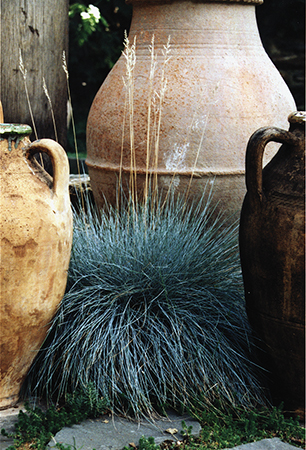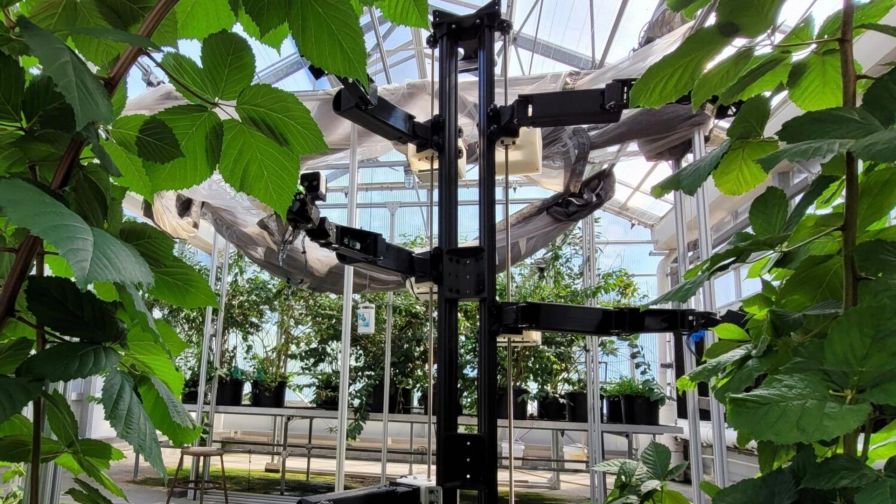Bayer Altus Update: Neonic Insect Control Alternative Now Available

The new insecticide can be used with beneficial insects and biological control agents, and applied before, during, or after bloom.
Updated May 4, 2017: Environmental Science, a business unit of the Crop Science division of Bayer, has announced that Altus insecticide was made available for purchase through authorized agents as of May 1, 2017. Altus is a new insect management solution for greenhouse growers to control major sucking pests while offering flexibility of applications before, during, and after bloom. For information on how to obtain Altus, ornamentals growers should contact their authorized Bayer distributor.
Always in the market for new crop protection tools that will help maintain control while replacing product that’s no longer firmly in grasp, growers pay attention when one is registered and available. This is especially true since their insecticide options have been limited due to retailer and state bans of tools like neonicotinoids.
This spring, Bayer Ornamentals will launch Altus, a new insecticide in the butenolide class with the active ingredient flupyradifurone. Growers will be able to purchase Altus through authorized distributors starting May 1, but it is not registered in all states; Bayer is currently pursuing state registrations.
Considering the complex and expensive task of developing a new chemistry and the lengthy registration process, the introduction of a new product into growers’ toolboxes warrants investigation. Greenhouse Grower got an exclusive sneak peek at Altus, thanks to Dr. Jake Doskocil, Product Development Manager, and Dr. Aaron Palmateer, a Technical Specialist with Bayer’s Green Solutions Team. Here’s what you need to know.
How it Works
Flupyradifurone, the active ingredient in Altus, has been in development at Bayer for the last eight years, but the company has spent the past three years adapting the molecule for use in the ornamentals market. That’s around the same time that the pressure intensified over pollinator health issues, with consumers and non-governmental organizations lobbying big box retailers to restrict or ban the use of neonicotinoids.
“Bayer scientists scoured the world for unique properties within plants; as a result, we found stemofoline, a compound from the Asian plant Stemona japonica. We refined that molecule into what it is today: flupyradifurone,” Doskocil says.
As an alternative to neonic products, Altus should provide growers with more flexibility, with a four-hour restricted entry interval and no timing restrictions for application, Palmateer says. The active ingredient offers another option for control primarily over aphids and whiteflies, as well as leafhoppers, mealybugs, psyllids, and scales. Altus is labeled for use in greenhouses and nurseries on ornamental plants, vegetable transplants, and indoor vegetable production.

Altus is labeled to control whiteflies and other pests, and with its flexibility of application, offers an effective control option for plants with perpetual insect problems like poinsettias.
“With a favorable profile for honeybees and bumblebees, it can be applied before, during, or after bloom,” Palmateer says. “This makes it an easy choice for growers to use, particularly on plants with perpetual insect problems, like poinsettias.”
This applies specifically to whiteflies, which are notorious for building up resistant populations. And with the concern over the presence of Q-Biotype whitefly in the U.S. due to the pests developing neonicotinoid resistance, as well as the reduction of tools available for control, whitefly is a pest that needs to be managed closely.
“The selectivity of flupyradifurone is one of the primary reasons we introduced it to the production ornamental market,” Doskocil says. “Growers do not have the luxury of picking when they need to treat for pests, and pests are frequently present during the plant blooming cycle. Flupyradifurone offers incredibly effective control of sucking pests, while being compatible with honeybees, bumblebees, and other beneficial insects. It is also labeled by the EPA as a reduced-risk product.”
In addition to flexible application timing, Altus can also be applied as a foliar spray or drench application, Doskocil adds.
“Growers can treat preventatively when they anticipate pest presence, and can then apply Altus curatively when there are established pest populations,” he says.
How to Use Altus
As an IRAC Group 4D insecticide, the use of Altus and other IRAC Group 4 products should be rotated with different IRAC groups that control the same pests.
With a non-target safety profile on natural enemies, beneficial insects, honeybees, bumblebees, and other beneficial arthropods, Altus can be used with biocontrols and biological control agents, Doskocil says.
Formulation: A broad-spectrum insecticide, Altus is formulated in a 1.67 lb AI/gallon (200 grams AI/liter) soluble liquid.
Trials/Efficacy: Altus has been part of annual internal efficacy and plant safety trials since 2013 and the IR-4 evaluation program since 2015, demonstrating a high degree of efficacy and plant tolerance. Growers should consult the label for specific rate recommendations.











